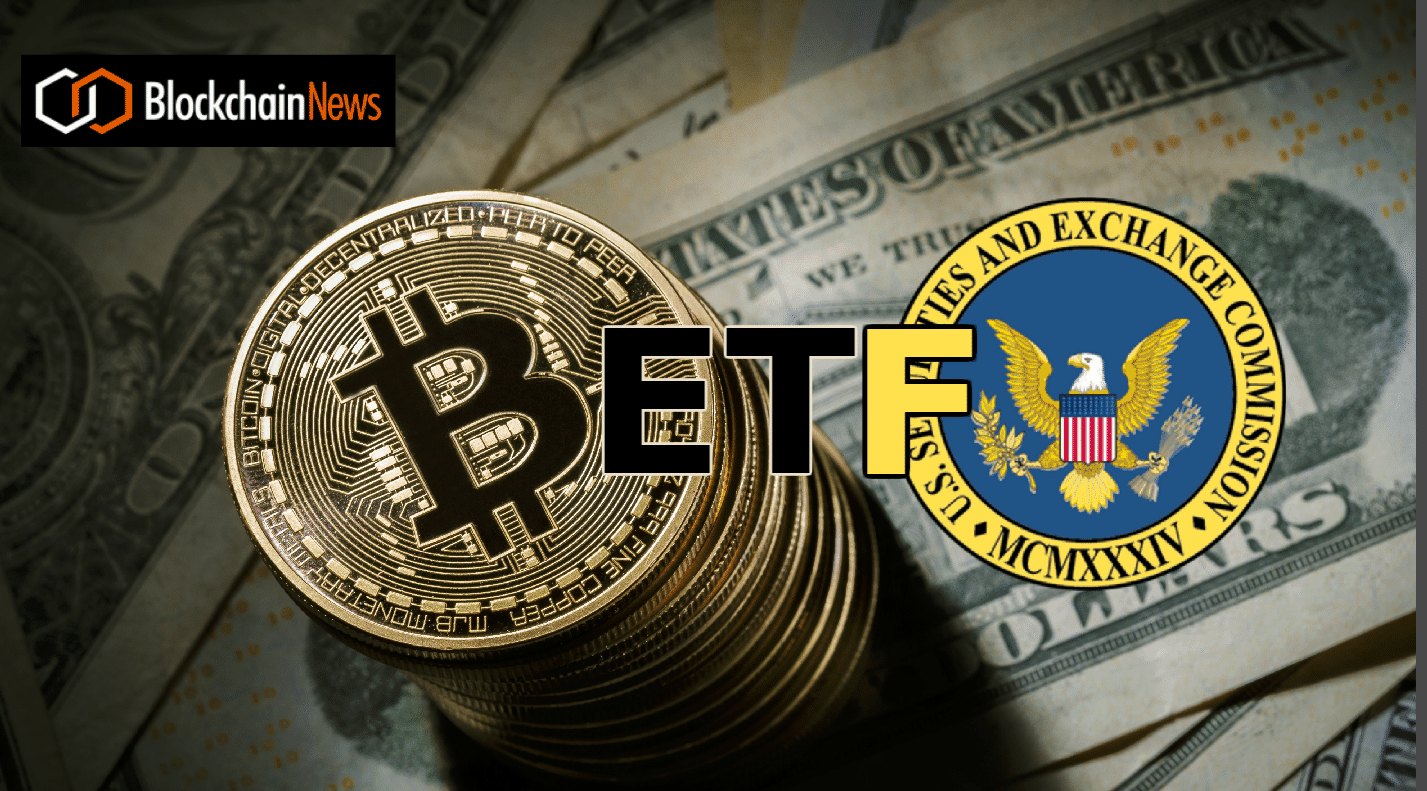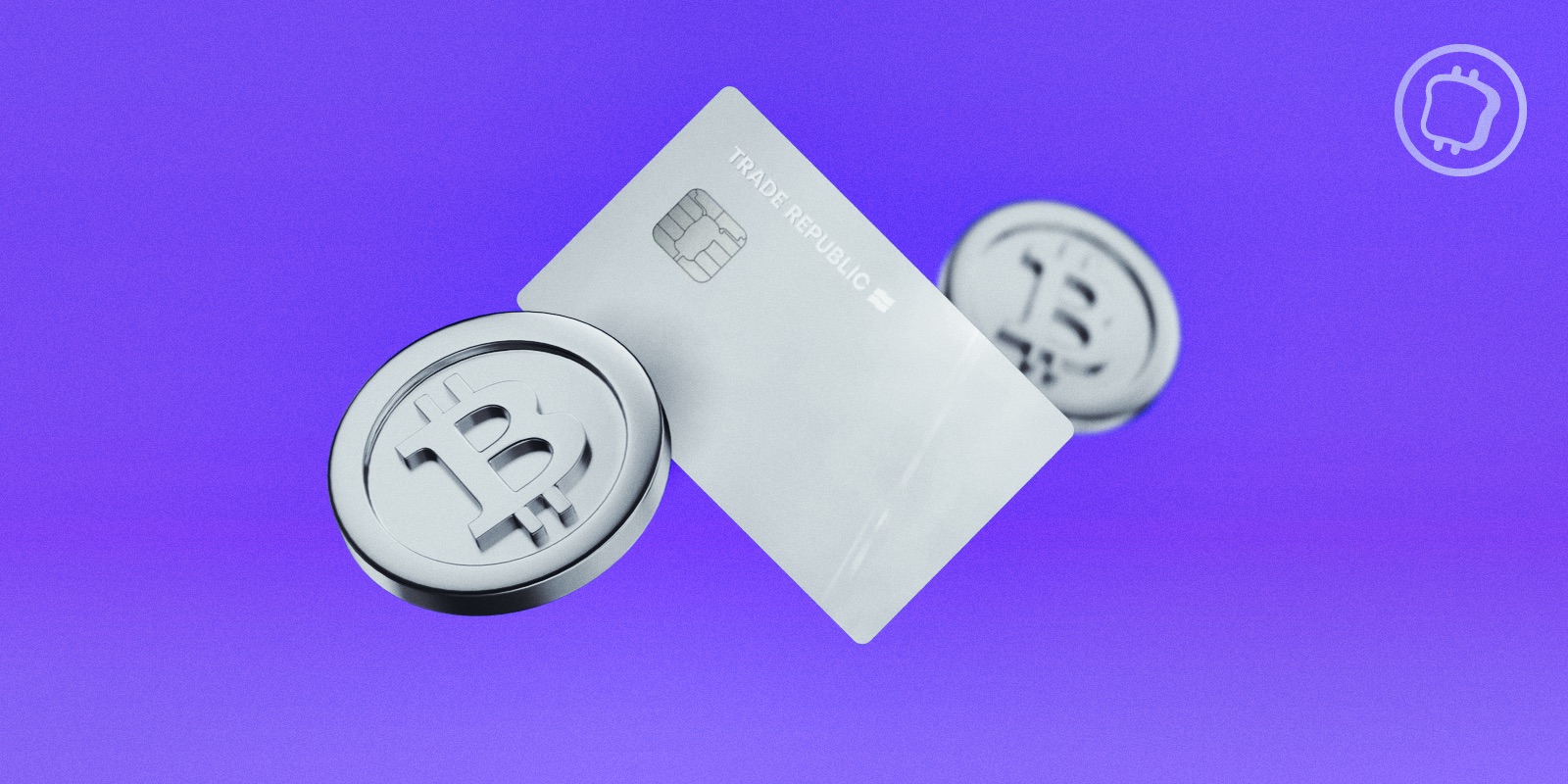By Matteo Greco, Research Analyst at the publicly listed digital asset and fintech investment business Fineqia International
Bitcoin (BTC) closed last week around $25,850, a 0.5% decrease in price from its previous week’s closing price of $26,000. The market keeps following the trend of low volumes and volatility observed in this Q3. In the last 11 weeks, the BTC price fluctuated by less than 0.75% in 8 weeks. Low volatility is confirmed looking at the annualised volatility of BTC on a 30-day basis, which remains at one of the lowest levels ever recorded, despite the strong fluctuations observed during the second week of August accompanied by almost 11% decrease in price for BTC.
Trading weekly volumes on centralised exchanges are at the lowest level since the end of 2020, with a cumulative weekly volume of $9 billion. Spot to futures volume ratio slightly increased in the past few weeks, reaching the same level seen in April this year. Low futures volume tends to be correlated with lower volatility. The trend of low traffic is mirrored on decentralised exchanges (DEXs) as the main DEXs totalled $22 billion volume during August, the lowest monthly volume since December 2020.
Analysing the Bitcoin supply, long-term holder ratio surpassed 75% of the total supply. Long-term holder refers to the part of Bitcoin supply that did not move for more than 155 days. Currently, 75.66% of the total supply, equivalent to 14.74 million of BTC is held by long-term holders. Only 2.50 million of BTC are held by short-term holders, the lowest data since 2011.
Trading activity and market participation tends to be lower during Q3, as this quarter includes the months of July and August that are historically the ones with very low volumes. In addition, the hiking of interest rates perpetuated by central banks in the last 18 months, strongly contributed to drying up liquidity from the financial markets and suggested a de-risk movement for investors. This impacted the whole financial sector, with a stronger effect on the digital asset market, being historically the most volatile and risky.
August inflation data for the US will be released on the 13th of September. The expectations are for a slight increase in year-on-year inflation, to 3.4% from 3.2% of July. However, the market does not expect any further increase in interest rates, pricing a 93% probability of no change in interest rates at the next Federal Open Market Committee (FOMC) meeting and also not predicting any further rate hike before the end of 2023.
The end of rate hikes, especially if combined with approval of a Bitcoin Spot ETF, could represent a major driver to bring new capital into the market and improve liquidity. Investors are showing increasing confidence for a future approval of Spot ETFs. The Grayscale Bitcoin Trust (GBTC) discount currently sits at around 17%, the lowest level since the beginning of 2022. Grayscale Ethereum Trust (ETHE) discount is strongly diminishing as well, now being jat 26.50%, the narrowest discount in the last 12 months. The data concerning ETHE seems particularly relevant, as Grayscale did not file to convert any other trust other that Bitcoin in an ETF. The strong narrowing in ETHE discount shows how investors believe not only that approval for a BTC Spot ETF is more likely than before, but also that once GBTC is converted into an ETF, other Trusts will follow.







